Germany’s automotive history is marked by innovation and tradition, but it also features some truly unconventional designs that pushed the boundaries of car engineering. From the early days of automotive design to the mid-20th century, German car manufacturers and designers have introduced several distinctive and sometimes eccentric vehicles. These cars not only showcase the creativity and technical prowess of their creators but also reflect the changing tastes and technological advancements of their times.
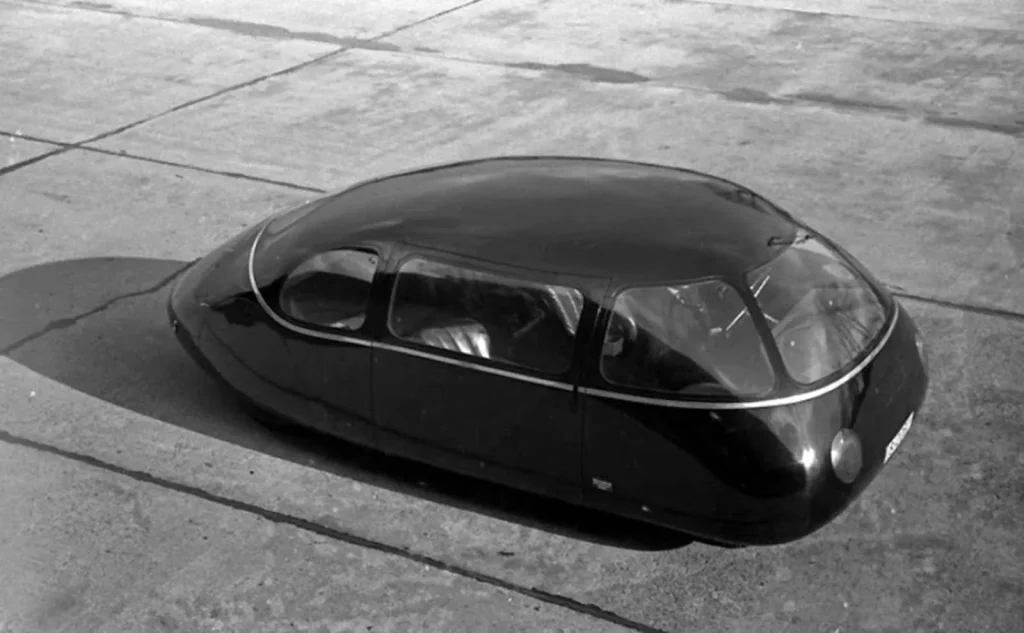
Volkswagen Beetle (1938)
Designer: Bela Barenyi
Key Features: Crumple zones, non-deformable passenger cell
Contrary to popular belief, the Volkswagen Beetle was not solely the brainchild of Ferdinand Porsche. The initial design was developed by engineer Bela Barenyi, who conceived the Beetle’s safety features, including the revolutionary “crumple zone” and “non-deformable passenger car cell” well before Porsche’s involvement. Commissioned by Adolf Hitler to create an affordable car that could carry two adults and three children at 60 mph, Porsche’s version of the Beetle became an icon of automotive history, known for its distinctive, rounded shape and long production run until 2003.
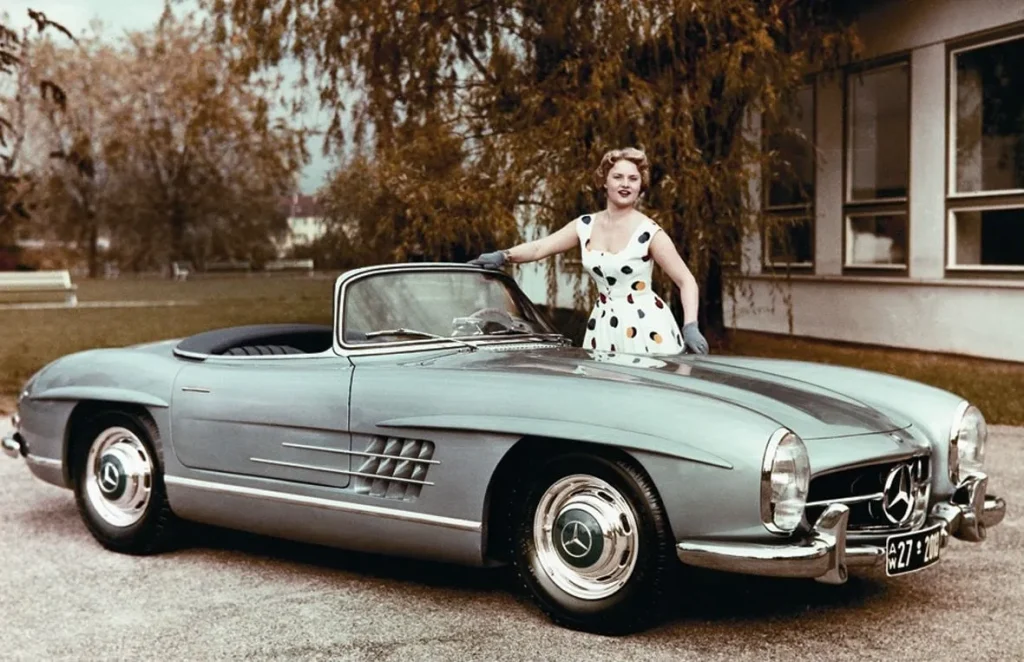
Schlörwagen (1939)
Designer: Karl Schlör
Key Features: Aerodynamic design, drag coefficient of 0.186
The Schlörwagen, designed by Karl Schlör of the Aerodynamic Research Institute, was an ambitious project that aimed for minimal drag. Built on a Mercedes 170H chassis and featuring a sleek, aerodynamic aluminum body, the Schlörwagen achieved a remarkable drag coefficient of 0.186 and a top speed of 84 mph. Despite its advanced design and potential, it was criticized for its appearance and shelved due to the outbreak of World War II.
Kleinschnittger F125 (1950)
Designer: Paul Kleinschnittger
Key Features: Recycled materials, compact size
Post-World War II, Paul Kleinschnittger crafted the F125 from recycled materials, including parts from old aircraft and bicycle wheels. The original prototype, built with a windshield from a crashed fighter plane, caught the eye of a German businessman who funded its development. Despite its innovative use of materials, the F125 faced size limitations and production challenges, including the use of army surplus aluminum.
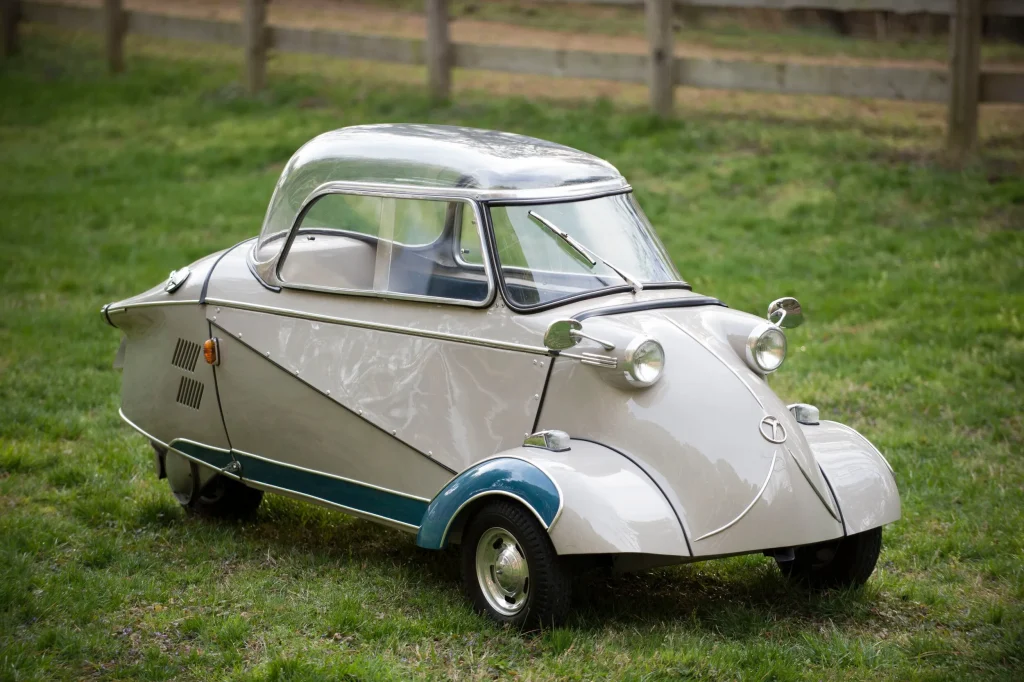
Hoffman (1951)
Designer: Michael Hoffman
Key Features: Rear-wheel steering, junkyard parts
Michael Hoffman’s post-war creation featured rear-wheel steering and was constructed primarily from junkyard scrap. Designed to be tax-exempt and license-free, this tiny car had a unique shape due to its oversized mechanical components. Only one prototype was made, which now resides at the Lane Motor Museum in Nashville, Tennessee. The design’s complexity and limited appeal led Hoffman to abandon car design.
Mercedes-Benz 300 SL (1954)
Designer: Rudolf Uhlenhaut
Key Features: Gullwing doors, tubular frame
Rudolf Uhlenhaut, a prominent engineer at Mercedes-Benz, designed the 300 SL with a tubular frame and distinctive gullwing doors. Initially created as a race car, the 300 SL’s innovative design influenced future models like the Mercedes-Benz SLR McLaren and the SLS AMG. Uhlenhaut’s design legacy in high-performance and luxury sports cars continues to be celebrated.
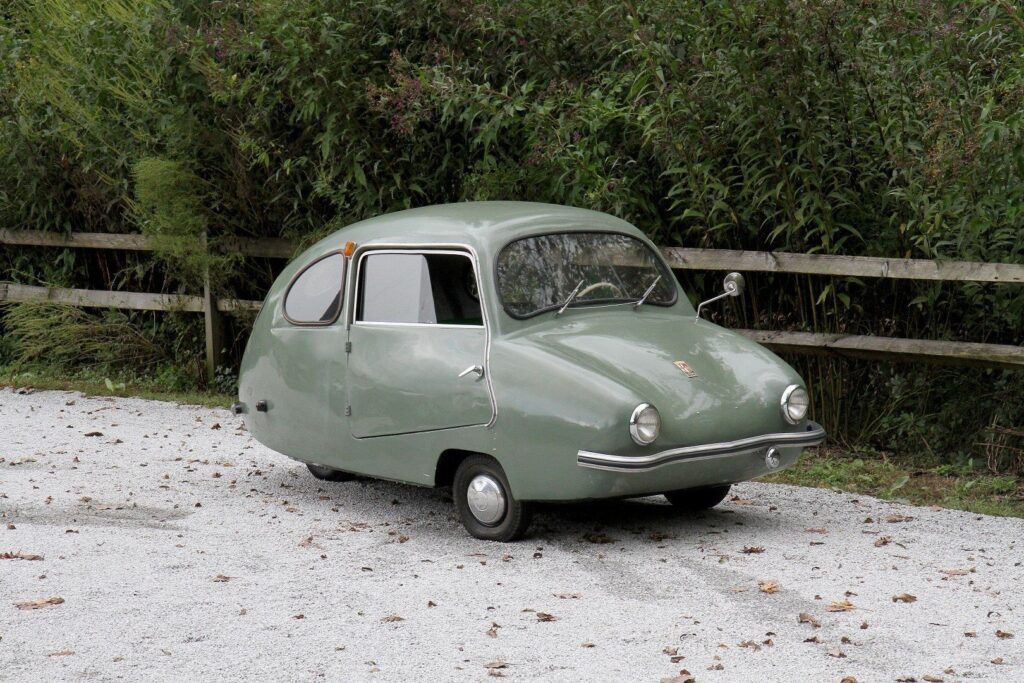
Brutsch (1954)
Designer: Egon Brutsch
Key Features: Microcar, three-wheeled design
Egon Brutsch’s company focused on producing quirky microcars, such as the Spatz—a three-wheeled roadster. Despite its production issues and design flaws, the Spatz was followed by the egg-shaped Mopetta in 1956, which gained popularity and inspired modern replicas. Brutsch’s cars were notable for their unique appearance and innovative, albeit impractical, design.
Fuldamobil NWF 200 (1954)
Designer: Norbert Stevenson
Key Features: Bubble car style, rear-engine design
The Fuldamobil NWF 200 was a larger variant of the bubble car, featuring an unconventional, pig-like design with rear-hinged doors and an engine hatch. Designed by freelance journalist Norbert Stevenson, the NWF 200 aimed to offer a more stable and affordable alternative to smaller microcars, though it never achieved widespread success.
Messerschmitt KR200 (1955)
Designer: Fritz Fend
Key Features: Aeroplane-like canopy, three-wheeled design
Fritz Fend, an aeronautical engineer, designed the Messerschmitt KR200 with an aeroplane-like canopy. The KR200 evolved from earlier designs like the Fend Flitzer and the KR175, incorporating improvements in mechanicals and design. Produced until 1964, the KR200 exemplified Fend’s vision for affordable, aerodynamic transport.
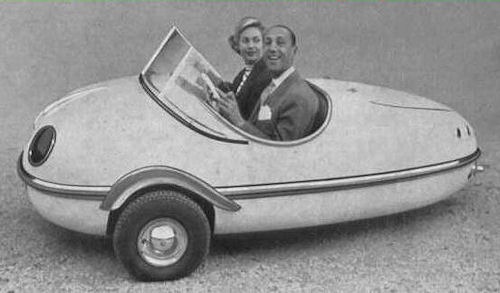
Heinkel Kabine (1956)
Designer: Heinkel Flugzeugwerke
Key Features: Reverse gear, fabric roof hatch
The Heinkel Kabine was another product of the bubble car craze, designed by the former aircraft company Heinkel Flugzeugwerke. It featured a reverse gear and a fabric roof that served as an escape hatch. To avoid patent disputes with BMW, the Kabine’s steering wheel was fixed, offering a unique blend of functionality and safety.
Goggomobil TS Coupe (1957)
Designer: Hans Glas
Key Features: Compact size, agricultural roots
